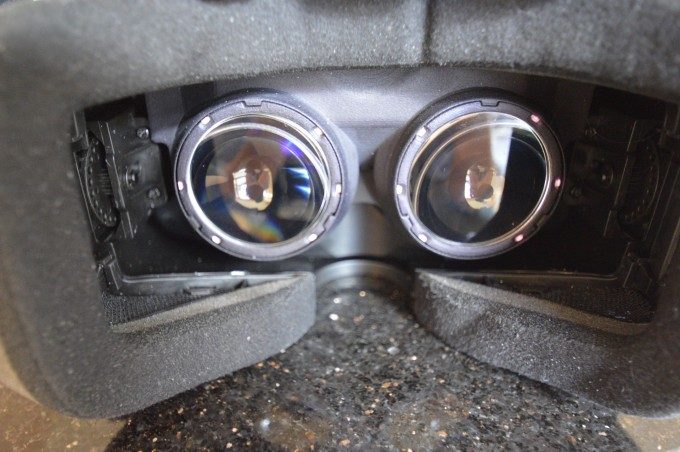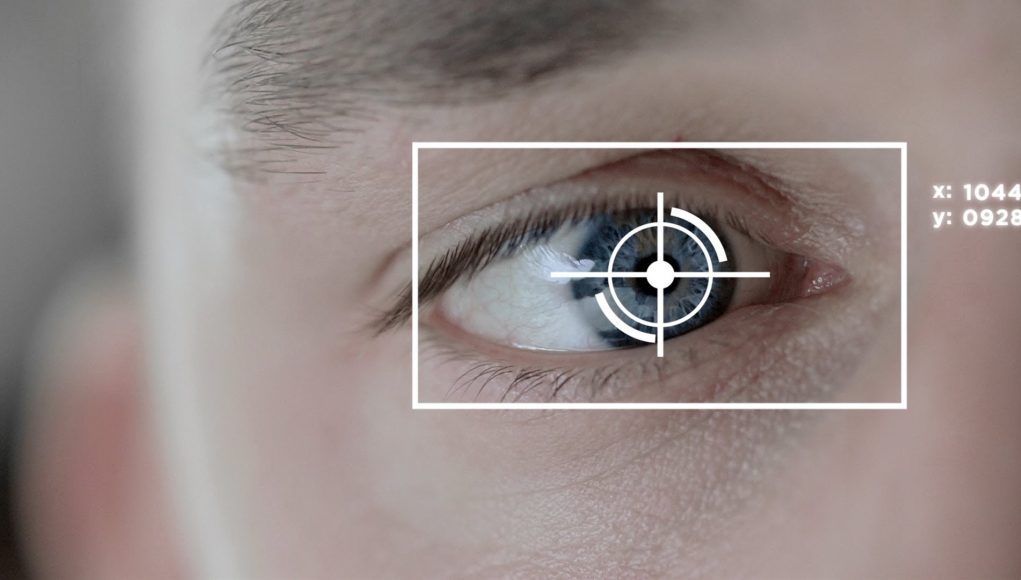Eye tracking experts SensoMotoric Instruments (SMI) have collaborated with Valve to bring their technology to OpenVR. Eye tracking-enabled HTC Vive units are being shown at GDC 2017, as part of an R&D effort to integrate eye-tracking support into Valve’s OpenVR API.
At this week’s Game Developers Conference, along with LG’s ‘next generation’ VR headset prototype, Valve are also showing some upgraded HTC Vive headsets at their booth, fitted with eye tracking technology by SensoMotoric Instruments (SMI). The German computer vision provider is a world leader in eye tracking technology, and has produced kits for the Oculus DK2, Gear VR and HTC Vive HMDs.

Eye tracking is a major technology hurdle that must be conquered in order to take VR to the next level of visual quality. Performance requirements for VR rendering exponentially increase with display resolution and field of view, so eye-tracked foveated rendering is essential – a technique that removes unnecessary fidelity from parts of the image that miss the detailed part of the retina (the fovea). While SMI demonstrated 250Hz eye tracking and foveated rendering over a year ago, Michael Abrash described it as “not a solved problem at all” at his keynote at Oculus Connect in October.
SMI are showcasing their latest work with ARM at their own booth, to highlight the benefits of foveated rendering on mobile VR devices, and Valve are giving demos of OpenVR eye-tracking features using modified Vive headsets. Integrating eye-tracking into the OpenVR API is an indication that Valve want to move forward swiftly with the technology, although it remains unclear whether the next round of consumer headsets will include eye tracking. Speaking to Tom’s Hardware before the event, Valve developer Yasser Malaika said “Eye tracking opens up several interesting possibilities to both VR developers and customers. Our collaboration with SMI on R&D, as well as on SMI’s efforts to make eye tracking enabled Vive units available to the larger VR community, have been critical to our growing understanding of how HMDs with integrated eye tracking will positively impact the future of VR.”







